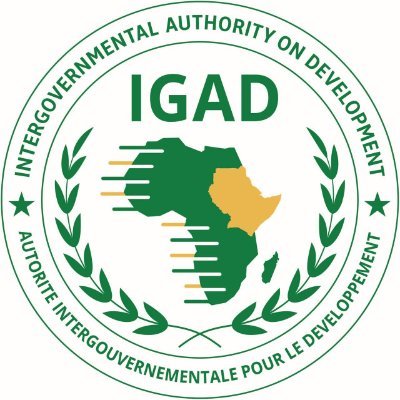Climatic Conditions Suitable for Desert Locust Dev’t in Eastern Ethiopia, Says IGAD - ENA English
Climatic Conditions Suitable for Desert Locust Dev’t in Eastern Ethiopia, Says IGAD

Addis Ababa, December 3/2020 (ENA) Climatic conditions suitable for desert locust development are forecasted to be highly suitable in eastern and coastal Kenya, eastern Ethiopia, central and southern Somalia, according to The Intergovernmental Authority on Development (IGAD).
IGAD said in a statement it send to ENA that ecological conditions, particularly the availability of green vegetation, are most suitable in the northern sub-region due to the higher than usual rainfall received during the season which continues to sustain vegetation growth.
Adult locusts are in large numbers in Sudan, Eritrea, Ethiopia, and Somalia, areas that received high rainfall and that have good vegetation cover, it stated, adding that these are showing high reproduction and rapid development.
Furthermore, it pointed out “there continues to be a large number of swarms even with control efforts in northern, central, and eastern Ethiopia and central and northern Somalia.”
According to IGAD, this is a likely driver as to why the locust invasion continues to be in high intensity in Ethiopia's Rift Valley, Eritrea's Debubawi; Sudan’s River Nile, Red Sea and Kassala; Somalia's Woqooyi Galbeed, Sol, Bari, Nugaal, Mudug and Galguduud.
Wind direction and speeds, which greatly determine swarm movement, are forecasted to be northeasterly in Somalia likely to favor southward and westward locust movement for the mature swarms, it was indicated.
Meanwhile, northern Ethiopia, Eritrea, and northern Sudan have wind direction forecasted to favor northwards and northwest locust swarm movements.
Adult desert locusts have been reported in the following locations: Woqooyi Galbeed, Togdheer, Sool, Galguduud Somalia, along Rift Valley and Ahmar mountains Ethiopia, Northern Kurfufan, Northen, River Nile and Red Sea Sudan, and Debub Eritrea.
This indicates recent breeding and locust development in those areas, IGAD said.
Desert locusts are projected to move from Ethiopia’s Doolo, Korahe, Shabelle and Jarar to Nogob, Afder and eastern Bale and from Deubawi, Mehakeleghaw and Misraqawi Ethiopia to Gash Barka Semenawi Keih Bahri parts of Eritrea.
Afar (all zones), Gash Barka, north western, north Gondar, Korahe, Doolo,Afder, Shabelle, Jarar, and Bale are very highest risk areas for desert locust swarms and adult locust invasion while Liben, Borena, and Guji are high risk.